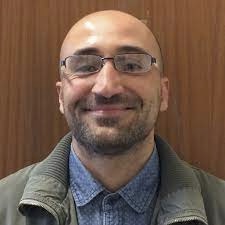Guest lectures and seminars - Page 6
Qombine seminar by Joakim Bergli, Department of Physics (UiO)
The climatic ocean wave spectrum serves as a pivotal tool in comprehending the long-term characteristics and variations of wave patterns across different regions of the world's oceans. The presentation explores the methodologies employed to derive wave spectra from observational data. Basically, consists of a statistical approach that provides a quantitative understanding of the variability and extremes of wave conditions. In essence, an ocean wave spectrum is a representation of the distribution of energy among different wave frequencies and wavelengths. So, engineers rely on this valuable information to mitigate risks and design solutions that can withstand the dynamic forces of ocean waves. However, it is necessary to present such information in a robust and practical mode to better comprehend the variations. In this way, a robust and resistant approach will be presented to define such variabilities, thus reducing uncertainties and representing the climatic wave spectrum in a compact and informative way.
Future robots need to be robust and adaptable, and new design approaches are needed for new production methods. I will talk about my research in using evolutionary algorithms and biologically inspired methods with the aim of having more intelligent, robust, and adaptive behavior in robots. I will give a short introduction to some of the algorithms and show how we apply them in our robotic platforms for exploring automatic design and adaptation.
C*-algebra seminar by Gaute Schwartz (University of Oslo)

